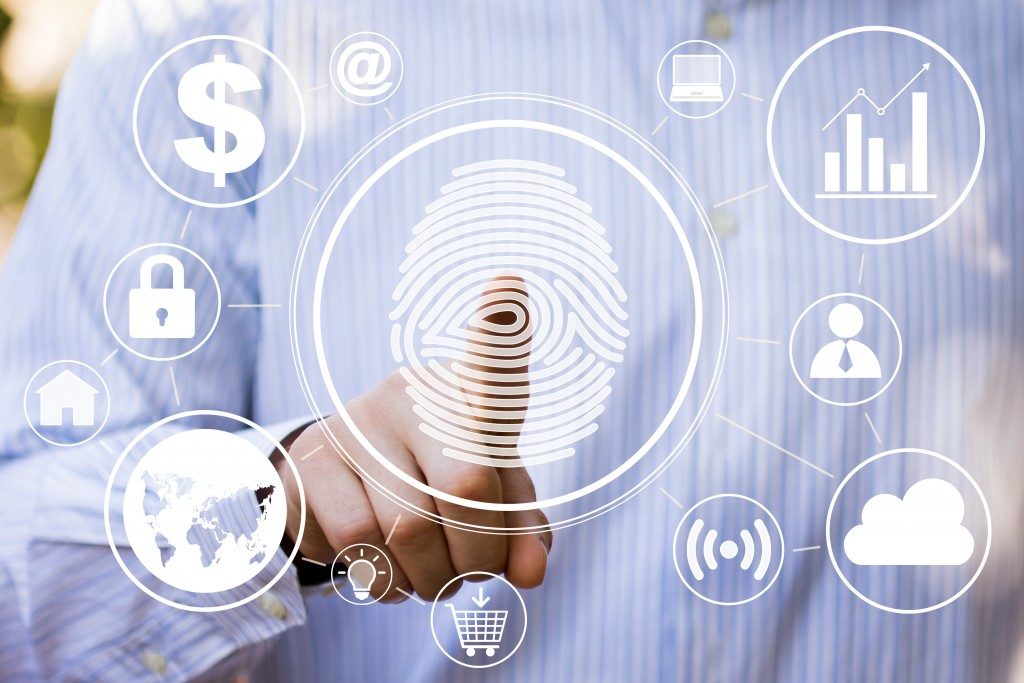Thanks to the introduction of different business technology solutions, running a firm nowadays is not as hectic as it used to be. Innovators are burning the midnight oil to develop solutions that increase effectiveness and deal with emerging challenges such as increased insecurity.
Public and private institutions need to authenticate the people accessing their premises for security. Traditionally, this was done by employing guards and having a sign-in register at the point of entrance.
When that proved ineffective and highly fallible, business technology solutions providers came with other means of access control such as the use of magnetic strips and passwords. Today, businesses are shifting to biometric access control systems.
It is that the biometric systems market will be worth $32.73 billion in 2022, up from $10.74 billion in 2015. These systems are not new in the market as biometric identification has been used in the US since the 1980s.
However, public and private institutions have realized the need to have infallible accesses control systems due to the increased risk of security breaches. Biometric access control systems biological features such as fingerprints, eyelids, and blood vessels to identify a person and grant them access.
A typical biometric access control system consists of a database, biometric scanners, and a mechanism of comparing the image captured by the scanner to that stored in the database.
Infallibility
Biometric access control systems present a more accurate way of identifying people than traditional methods. This is because they use unique biological features. Password and magnetic strips may be unique, but rogue employees can give the cards or password to outsiders to enable them to access the premises.
With biological access control systems, the authorized person has to be there for access to be granted. Biometric control systems can provide access logs when required. The records show who accessed the building and at what time.
The logging information is valuable, especially when there’s an investigation to be conducted. Besides reducing the risk of security breaches, the infallibility of biometric access systems can help businesses deal with other business challenges such as employee absenteeism; the logs can show the exact time a particular employee entered and left their place of work.
Convenience
Biometric access control systems grant convenience to both the employees and their supervisors. Employees are saved the hustle of cramming passwords and carrying identification badges.
Forgetting passwords and identification documents can cause employee lateness, thus reducing their production hours. For system administrators, biometric access systems reduce the number of access-related issues they deal with.
For example, every time an employee is denied access due to a wrong password, the administrator will have to reset it. When such cases reduce, the IT staff can concentrate on other productive tasks
Scalability

Flexibility and scalability are essential features of any business technology solution. The dream of every business is to expand, and its systems should grow with it. It saves money and time to have a system that doesn’t need remodeling when the number of users increases.
Flexibility and scalability, biometric business access systems score high; when the number of users increases, almost every component of a biometric access control system can be extended.
The risk of security breaches has increased substantially in the past decade; institutions should, therefore, leverage emerging technologies to have perfect access control systems. Biometric access control systems fit that description. Besides providing a secure access control system, biometric systems come with other benefits such as scalability and convenience.

